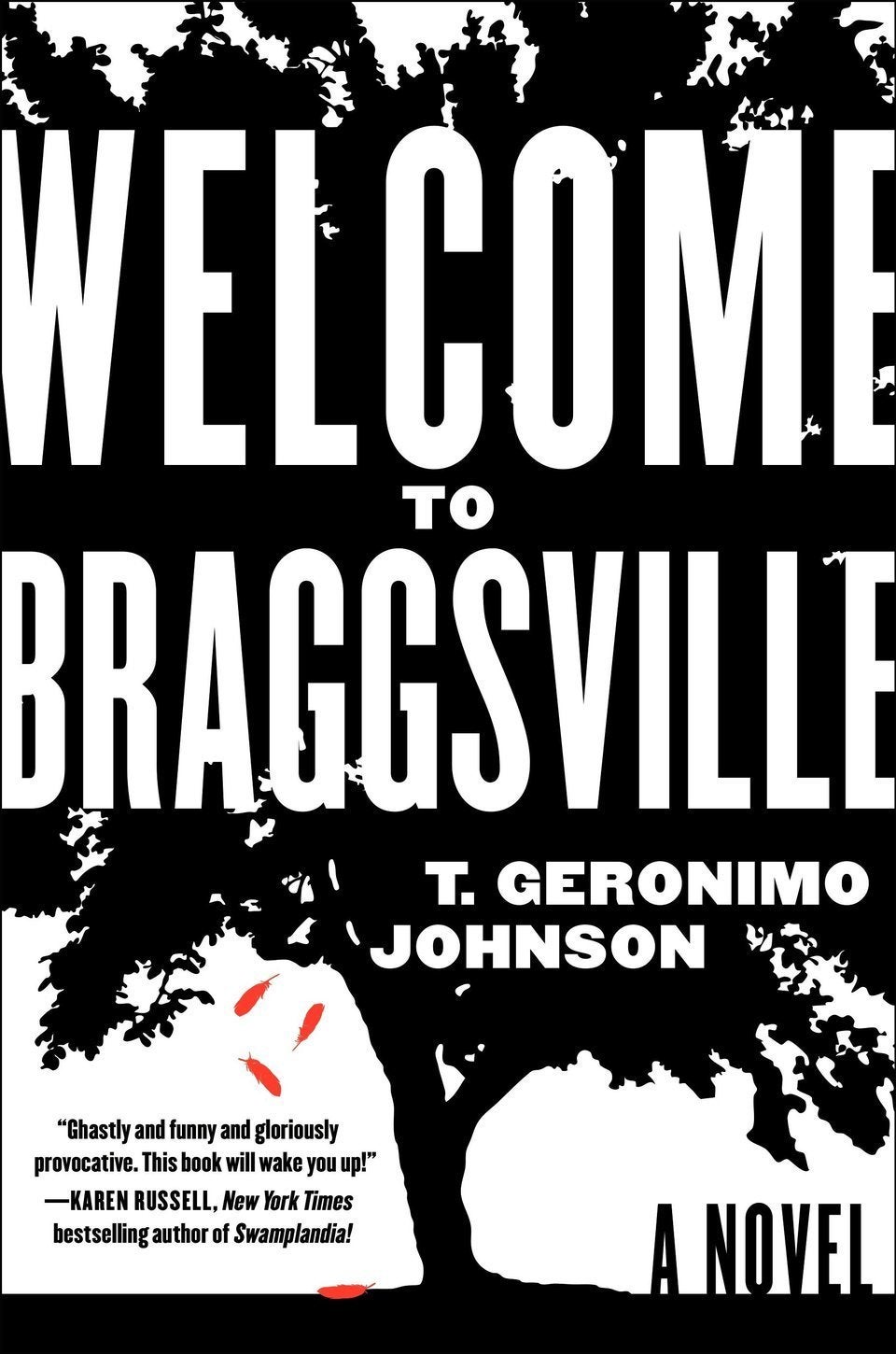Much like a self-centered SO, Twitter keeps shaking things up just when its users are getting comfortable, making stability seem like a far-off dream. In spite of pleas to go back to the way things were, the company seems to have no current plans to reverse its decision to replace the "'fave' star" with the "'like' heart," a shift that irked many of its users Tuesday.
While dismay is a common response to social media changes (remember the switch to the Facebook timeline?), some critiques of using a heart symbol as an avenue for quick social interaction seem justified. It's a much higher bid to profess your love of something than it is to express your approval of it. It also makes positivity a valuable currency -- users are less likely to "heart" a tweet commenting on tragedy, for example.
And, because the symbol of the heart has come to represent a very specific feeling, it seems the change will either result in less engagement on Twitter, or, more likely, a weakening of the power the symbol carries. In Twitter's tweet about the change, the company wrote, "♥=yes! ♥=congrats! ♥=LOL ♥=adorbs ♥=stay strong ♥=wow ♥=hugs ♥=aww ♥=high five."
That is a lot of things for ♥ to =. It seems like a good time, then, to revisit the history of the heart as an expression of love -- and consider whether that symbol is worth preserving.
Though it's ubiquitously used today (at least among the emoji-reliant set), the heart hasn't always been a stand-in for romantic feelings. A quick Wikipedia scour confirms its use was popularized in 16th century, but no one’s entirely sure why. A Slate explainer from 2007 offers a few theories: the heart resembles the leaves of a plant once used as makeshift contraceptive pills; unskilled artists tried, and failed, to replicate the actual appearance of the human heart, which Aristotle said was the source of feeling. Gloria Steinem wrote her own theory in an introduction to The Vagina Monologues, explaining that the heart replicates the curves of a womanly figure, the source of erotic love.
Regardless of the reason for its rise in use, the heart symbol wasn’t around -- at least as a metaphor for love -- until the mid-13th century, when its first known use was recorded. In a small drawing adorning a decorative letter preluding a block of text in Roman de la poire, a suitor kneels before a crowned lover, granting a heart-shaped offering. The text is a medieval French work about falling in love. "Poire" means "pear," and the figure in the image resembles both a heart and a pear. As in the story, the image uses a pear, pictorially similar to a modern-day heart symbol, as a metaphor for romantic love.
Before that, the sloped-and-pointed symbol was used to decorate manuscripts, but it typically represented a leaf, not the profound and enigmatic feeling of romantic love. So when it comes to the Twitter change, if your heart’s not in it, remember that historically speaking, the symbol is interpretable.
Also on HuffPost:

